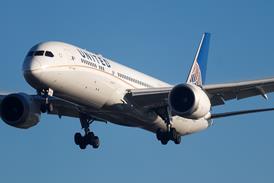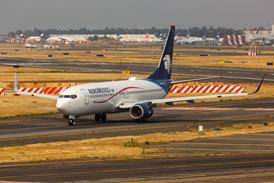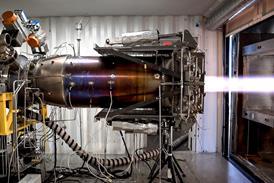GUY NORRIS / LOS ANGELES
Initiative will investigate technology's potential for retrofit as well as its value for future commercial aircraft
Boeing is to demonstrate a fuel cell-based auxiliary power unit (APU) on a 737 to investigate the technology's feasibility for future commercial aircraft, as well as for potential retrofit to recent production models. The initiative builds on Boeing's Diamond Aircraft HK36 fuel cell demonstrator programme (Flight International, 22-28 July).
Unlike the hydrogen-based proton exchange membrane used in the HK36 the parallel advanced APU development will be based on a solid oxide fuel cell (SOFC) that will use existing jet fuel as a reformer rather than hydrogen. Boeing says 777-based studies showed that fuel cells do not make a business case based on current costs, but they might work for future more-electric aircraft.
Boeing's hypothetical 440kW SOFC APU is designed to start engines using AC power and supply DC for the environmental control system and the landing gear. To cope with the power demand spikes of the gear retraction and other contingencies, it has developed a hybrid APU that takes air from a compressor, passes it through a heat exchanger and feeds it into the SOFC APU.
Boeing says a conventional 440kW APU is 40-45% efficient when airborne, whereas a fuel cell would be about 75% efficient. "On the ground it goes from 15% efficiency [gas turbine] to 60% [fuel cell], so you only use 25% of the fuel. This equates to savings of around 340t of fuel a year on a typical 777 cycle, or up to 1,360t for a typical 737."
One drawback with the SOFC is a 40min start-up time, but Boeing expects it would recommend the system is never turned off.
The fuel cell stack density would need to be at least 1kW/kg. Boeing says the technology will reach this maturity level from around 2010, which means the 7E7 will, initially at least, not be offered with an SOFC APU. Meanwhile, Boeing expects to test an experimental unit in a 737, possibly from 2005 to 2008, in which the APU will power the DC bus only.
Source: Flight International




















